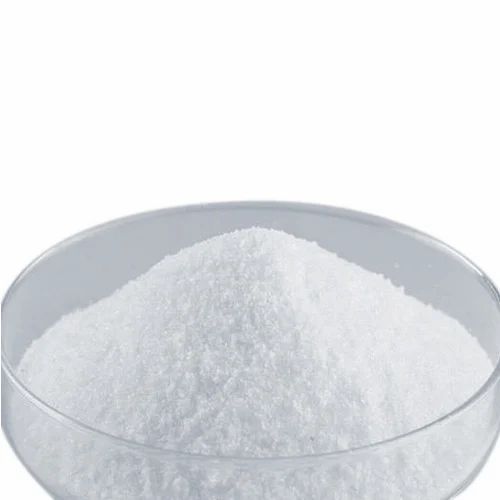Depending on the type of material and powder dissolved in the water, polyelectrolytes are generally divided into two categories: cationic polyelectrolytes and anionic polyelectrolytes .
1. Cationic electrolyte
Cationic powders of polyelectrolytes are injected into wastewater, where suspended particles typically carry both positive and negative charges, creating a positive charge. The positive charges, or cations, that form in the water attract negative molecules, which form clumps in the water that eventually fall to the bottom of the tank.
2. Anionic polyelectrolytes
Injecting anionic polyelectrolytes into water can lead to the formation of anionic clots due to the formation of negative charges in it. As with the cationic type, negative charges in the environment eventually cause the positively charged particles to coagulate and precipitate over time.

It is important to note that the formation of negative or positive charges in the first-stage environment depends on the type of powder used in the device after the polyelectrolyte encapsulation design. Therefore, it can be said that based on the powders and polymers injected into the water, polyelectrolytes can be divided into biopolyelectrolytes, type II and type III cationic polyacrylamide, dimethyl diacyl chloride, graft polyelectrolytes, polyethylene and distributed cationic amines kind.
